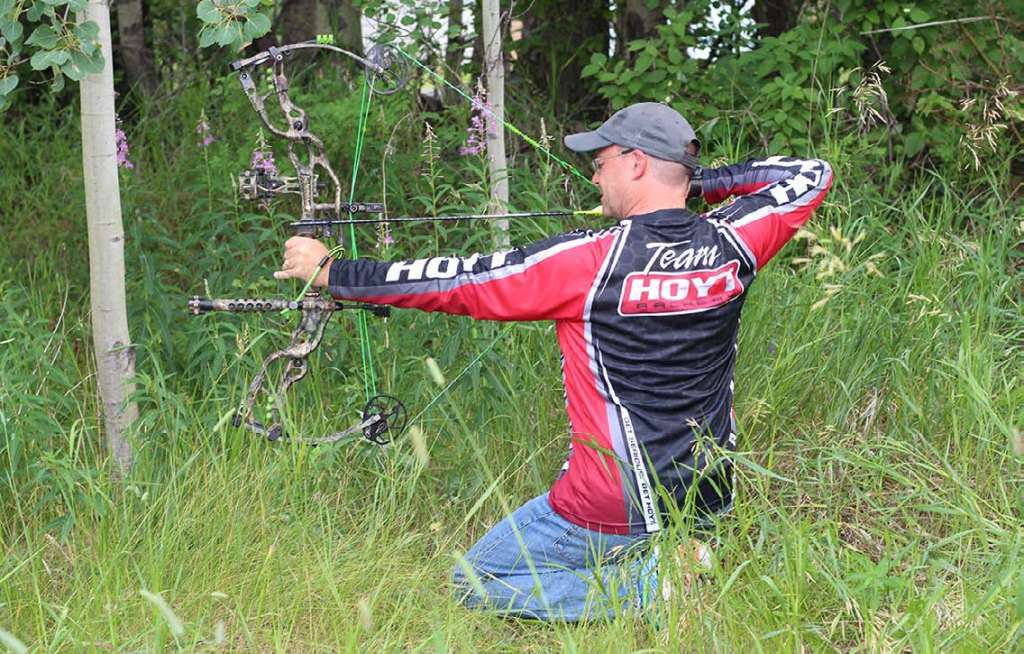Archery is a precision sport. Improving as a bowhunter demands consistent practice.
We’ve all been there. After months of neglect, you strain to draw your bow. Back in the fall, the simple act of drawing, anchoring, aiming, releasing, and following through was effortless. Back then, muscle memory and the fluidity of your draw were second nature.
Now, the realization of your predicament hits hard. You’ve been shooting a bow for years, but just didn’t make it a priority during the winter months. So now, it’s time to pay the piper.
The bowhunter struggle is real, but don’t worry, you’re not alone. This happens to everyone at some point, and so you acknowledge the importance of off-season practice. Like returning to the gym after a hiatus, you push through several days of regaining form and function to reclaim fluidity and accuracy. In the end, though, remember that you owe it to both the animal you’re hunting and to yourself to make sure you’re in top form before drawing your bow on any given hunt. The best way to do that is to practice regularly through the off-season.
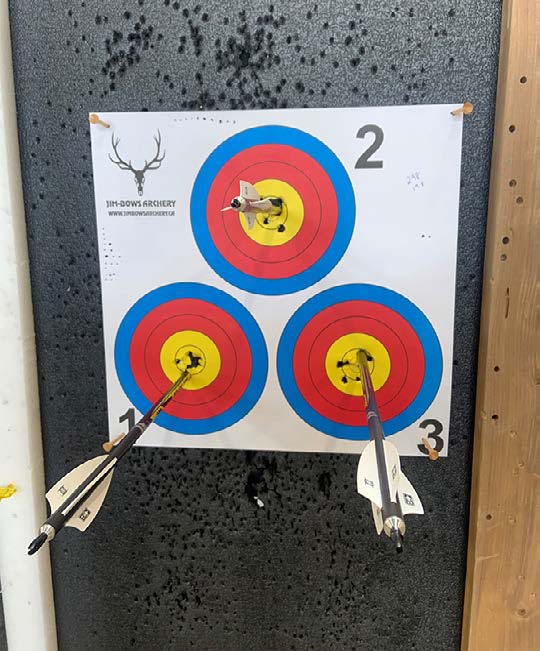
Consistency Kills
Full disclosure: When my wife and I first had kids, it was tough to practice as much as I did previously, and my bowhunting success (or lack of it) showed. For a couple of seasons, I made excuses, going on hunts and missing shots. It was frustrating, but I had no one to blame but myself. Thankfully, it only took a couple of years and a handful of missed opportunities for me to realize it was all on me. As soon as I returned to a rigid training regimen, my shooting was far more comfortable and way more accurate, and my hunting success showed that too.
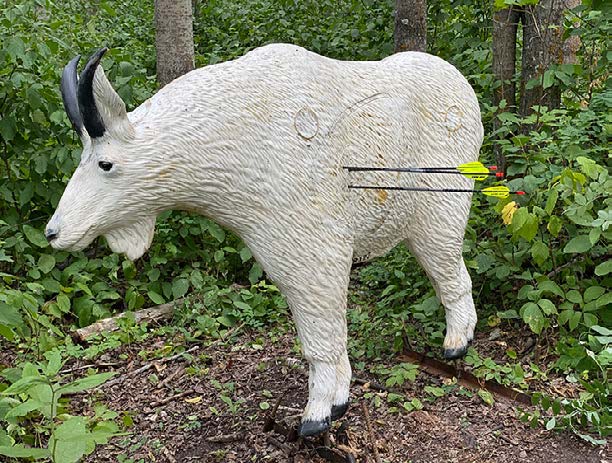
The Evidence
A spot-and-stalk mule deer hunt a few years ago stands out as a great example. In top form then, I had practiced religiously and I felt extremely confident going into the season.
Bowhunting hard for five days, I finally managed to sneak in on three big bucks that were bedded in a standing canola field. Unfortunately, the biggest was over 75 yards away. The second biggest was at 70, and the closest was at 62 yards. I practice out to 90, and on static targets, that’s not a problem.
Ethically, however, I didn’t feel right taking either of the longer shots. Too much can go wrong when you’re shooting at a live target. That said, the buck standing at 62 yards was ideal. Dialing up my sight pin, I drew back, anchored, settled on the big buck’s chest, secured back tension, released, and followed through. Truth is, it was literally kinesthetic. I didn’t have to think about it at all. In turn, my FMJ penetrated deep into the buck’s chest. He hopped once, bolted, and collapsed after a short 40-yard run. A perfect heart shot let the air out of him, and he was down in seconds.
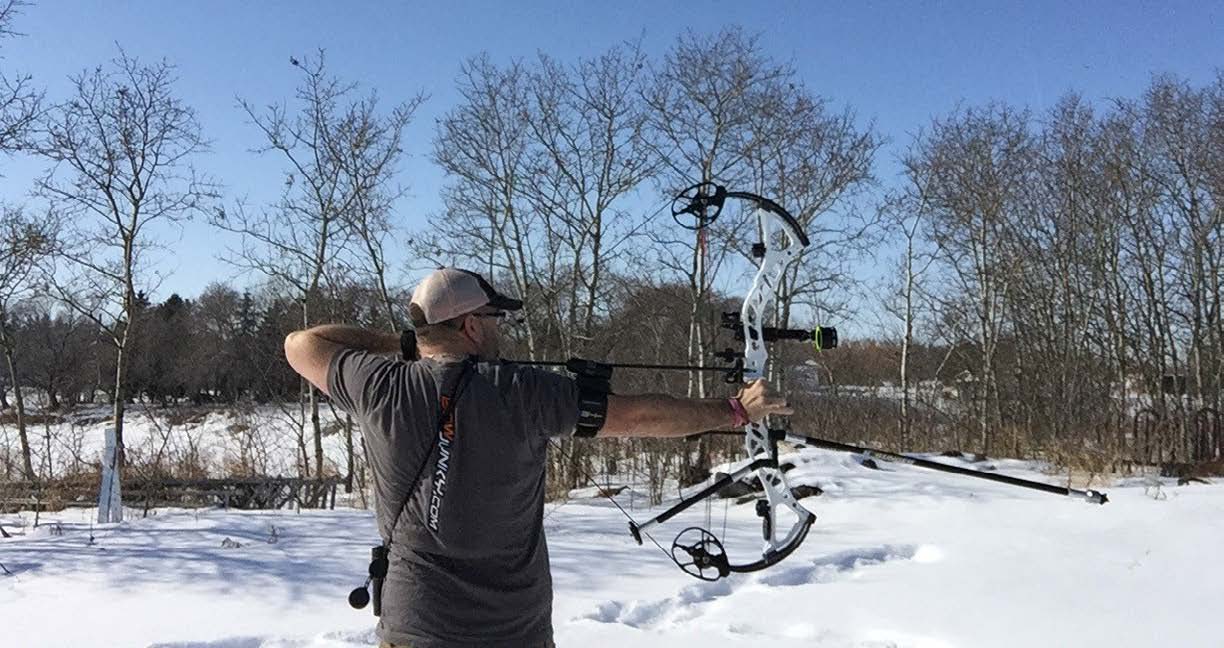
Precision, Repetition
The thing about precision shooting sports is that they require repetition. To be a consistent golfer, you have to hit a lot of balls and do so on a variety of courses. To be a consistent marksman, you need plenty of range time and chances to shoot at different distances. Archery and bowhunting are no different.
The thing is, practice doesn’t necessarily make perfect, but proper practice does. I’m referring specifically to form. Bad form can generate bad habits, and these habits inevitably result in problems in shooting accuracy.
Here are some examples: gripping your bow tightly or at an improper angle, canting the bow, leaning backward slightly, twisting your body, providing too much nose pressure on your string, locking elbows inward, and releasing while your bow is being lowered or raised are all common form problems. By practicing correctly and often year-round, you not only improve your precision, but you also make drawing, aiming, and releasing a familiar maneuver. Your goal is to make this sequence of motions kinesthetic. When your muscles are in shape and you can concentrate on proper arrow placement (as opposed to just getting your bow drawn), your chances for accuracy are greater.
Likewise, realistic practice is important. You should practice shooting from standing, sitting, and kneeling positions under realistic hunting conditions (i.e., from a tree stand or ground blind). Shooting at 3D targets from variable distances out to 60 yards and beyond can improve not only your accuracy but your ability to judge distances as well.
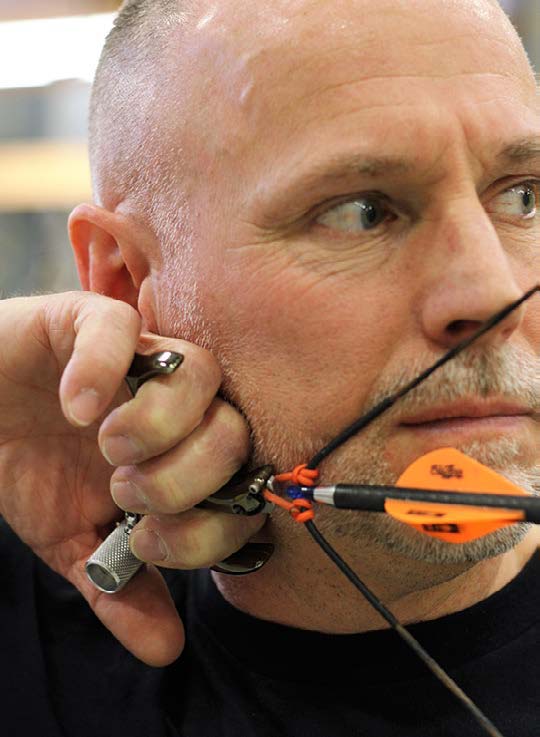
Fitness and Focus
Archery commands the use of both mental concentration and muscles not commonly used in everyday activities. When those muscles are exercised infrequently, they can atrophy. Think back to your last extended break. When you resumed regular activity, did you find it difficult to hold at full draw for more than 20 seconds? Remember, if you don’t use it, you lose it.
When muscles are toned and your body is accustomed to the motion and strain required to hold at full draw, you’ll find it both easy and comfortable to do so. That’s why practicing in the off-season can help ensure that your muscles and joints stay toned and in shape.
Mental concentration and focus are equally important. Off-season practice provides the opportunity to exercise mental concentration as well. By repeatedly going through the motions, we learn how to focus on the target and release when everything feels right.
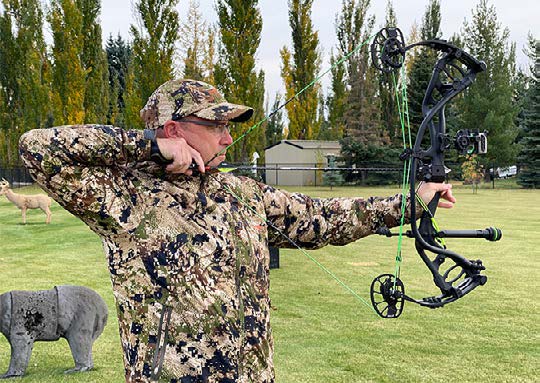
Throw Those Shafts
The fact is, to be a proficient archer, you need to throw a lot of arrows. To be a consistent bowhunter, you need to not only send a whole heap of shafts downrange but also do so under a wide range of circumstances.
There’s a reason why people who bow hunt a lot under variable conditions and in different environments tend to shoot all year long. Most notably, many of them tend to either shoot a lot of 3D targets or even compete in 3D tournaments in the off-season.
So much can go awry with an archery shot, and these individuals invest heavily in ensuring that both their physical and mental game is in top form each time they go into the woods. They know that the only way to do this is by investing in practice during the off-season. The primary difference between those who are consistent with practice and who in turn enjoy consistent success during hunting season is that the successful ones practice a lot.
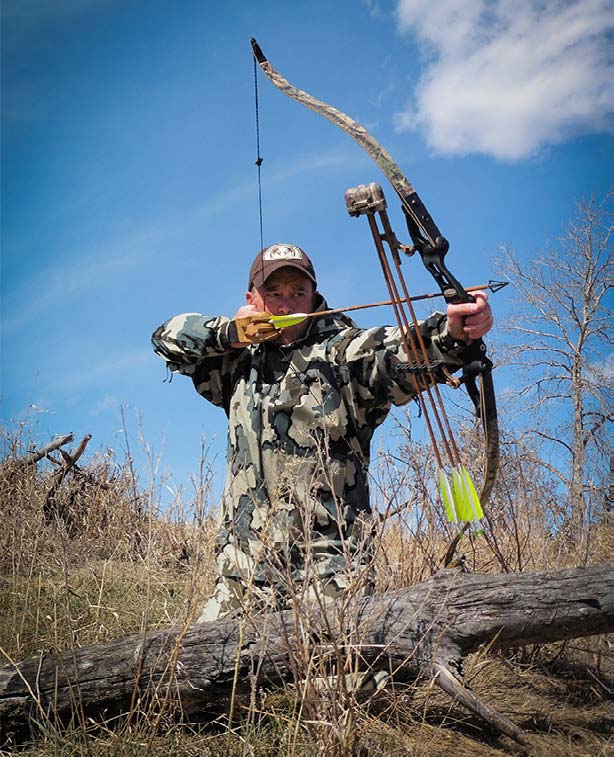
Indoor Shooting
If you live in a mild climate, you may enjoy the comfort of shooting outside all year long. For a good number of us here in the U.S. and Canada though, we have anywhere from four to six months of the year that can be excessively cold and miserable.
The answer for us? Indoor archery ranges. Most archery pro shops have shooting lanes. Even the smallest of shops typically offer at least a 20-yard backstop for paper targets. Some ranges even offer variable distances from 10 to 50 yards. Some have club events or special times where members can shoot. Similarly, for a nominal fee, most of these indoor archery ranges provide public shooting times for walk-ins, too.
Many clubs also organize competitive indoor 3D tournaments. These present a phenomenal opportunity to hone and test your shooting skills in the off-season. The way these work, organizers place a good assortment of small game and big game targets at variable distances and participants take turns at the shooting line to achieve scores on each individual target. In the end, scores are tallied and winners are determined. Probably the most attractive element of these indoor tournaments is the added pressure they provide. It’s one thing to shoot with no pressure at a static paper target. It is quite another to add the weight of competition and life-like targets at variable distances to the event.
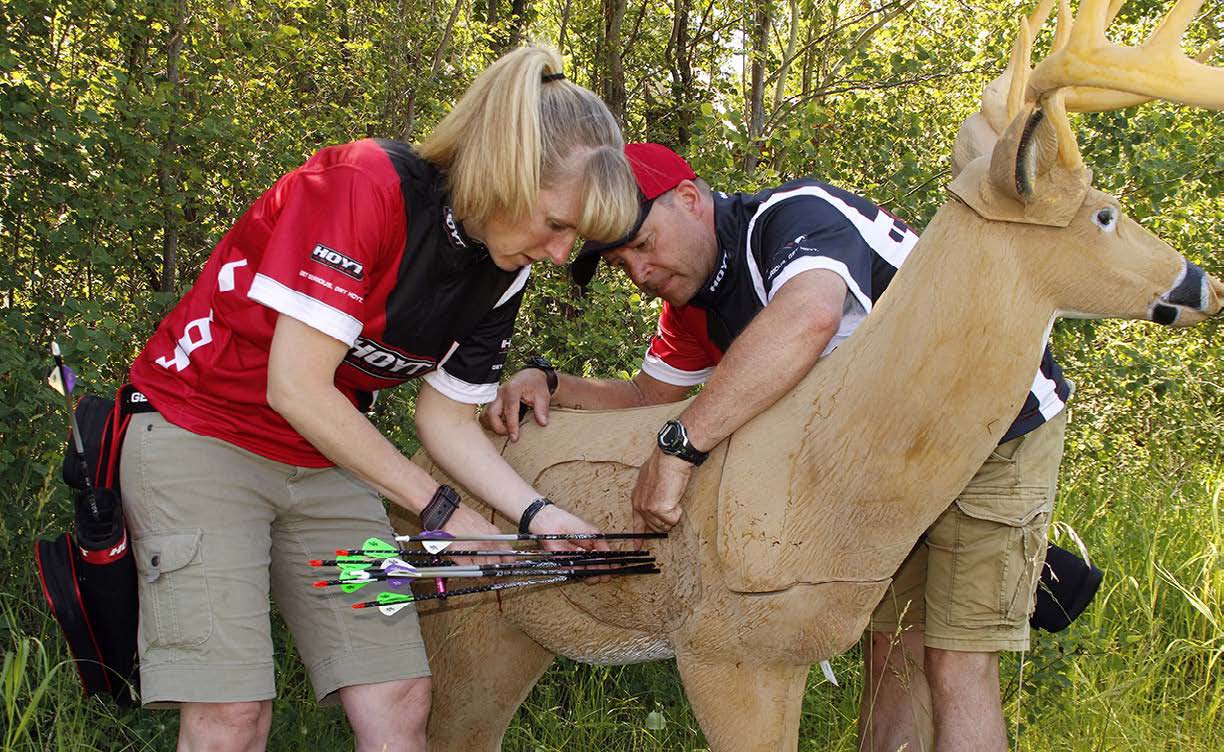
You Can DIY
Even still, some of us make do with our own indoor shooting options. For instance, if I’m careful In my basement, I can get in a 20-yard shot. Safety (and of course protecting drywall) is always a priority, but I can do it. I even know some archers who will set up a 10- yard target butt in the house for practice during the off-season. At the very least, this allows them to keep their muscles in peak condition so that when the weather is more hospitable, they’re ready to go right off the hop.
Or, Go to the Video
Then there is the DART Interactive Shooting System. Resembling video golf, this system also gives the practicing archer a host of realistic simulated hunting scenes. Using this setup, shooting at a video screen with specialized blunt arrow tips, you can practice shooting at a programmed series of wildlife in real natural settings. Offering both North American and exotic targets, this interactive video format shows where you hit the animal. While video clips are surprisingly true to life, the system actually reveals where the shooter’s blunt-tipped arrow hits or misses the animal you’re aiming at. It then provides a score to indicate a perfect shot, solid lung hit, body hit, or a miss.
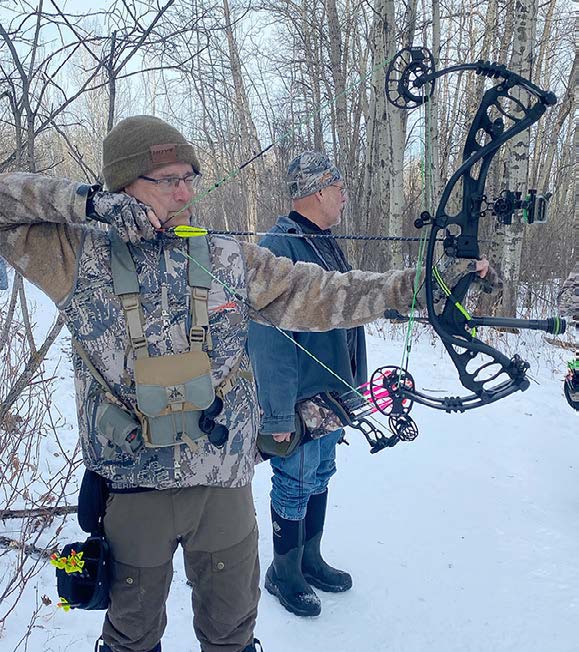
The Great Outdoors
Almost all outdoor ranges have fixed butts at variable distances. Then, too, 3D targets are more popular than ever. My own club, for instance, has the standard 10, 20, 30, 40, 50, 60, and even a 90- yard static target butt.
I can’t reinforce this enough: When it comes to off-season practice for the hunting archer, no other option provides as realistic practice as 3D targets.
Manufacturers like Reinhart, Mackenzie, and Delta make life-like facsimiles that are more or less to scale. Available in a wide range of species, archers have their pick of small, medium, and large game, including everything from wild turkey to alligator, moose, and even exotic African and other species.
In my opinion, nothing beats shooting on a 3D course. Akin to frisbee golf, you move through the outdoor course where targets are strategically pre-set in challenging and realistic field-like circumstances. Faced with variable distances, sometimes awkward shot angles, and natural obstacles like trees and branches, the 3D targets emulate true hunting conditions. Many shots offer uphill, downhill, sidehill angles, and more.
Most leagues offer a schedule of competitive tournaments, and I’d be remiss not to mention the newest 3D super events: Total Archery Challenge (TAC) competitions. For off-season practice, these extreme tournaments essentially test the whole archer. They’re best described as both physically and mentally demanding. They’re a true test of fitness, focus, and your ability to shoot not only a wide range of distances and targets but also extreme uphill and downhill angles and in the midst of a wide assortment of life-like hunting scenarios.
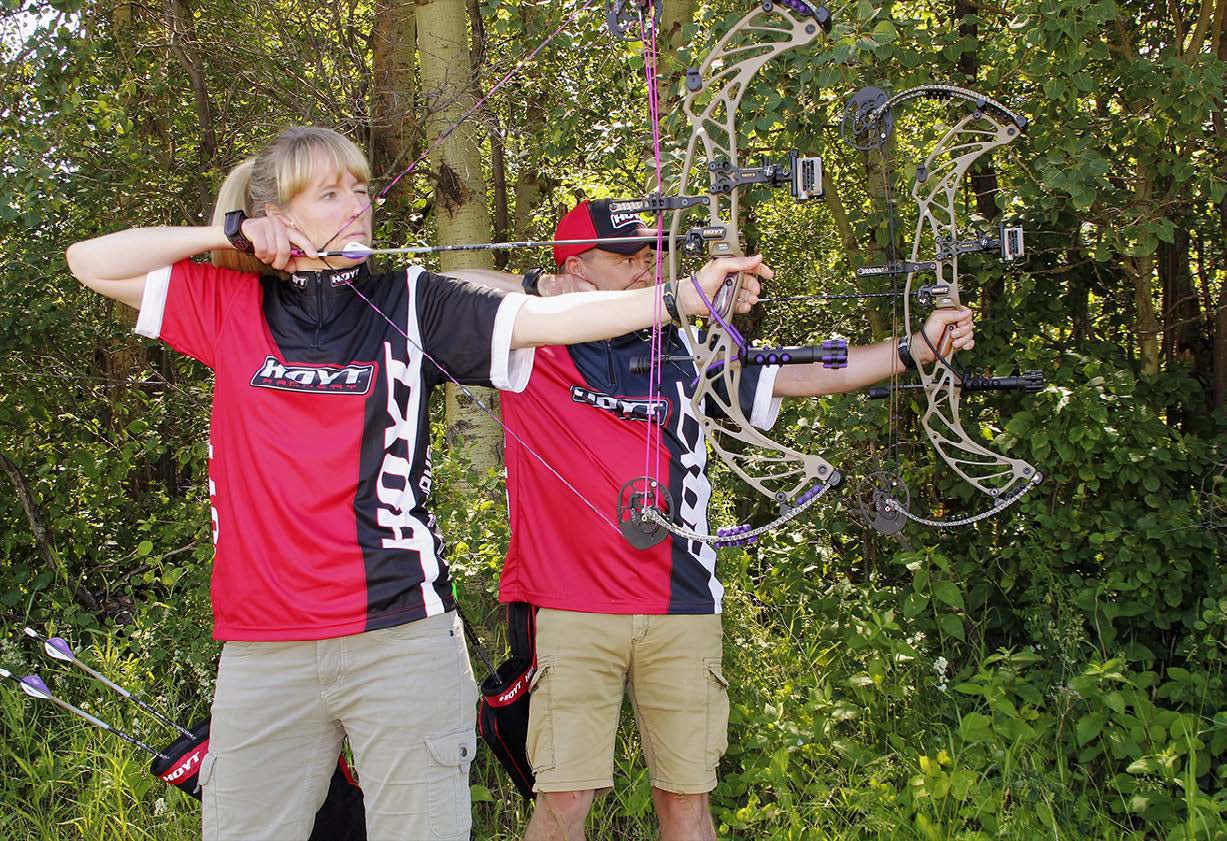
Top Form During Season
No doubt, the biggest problem many bowhunters deal with during actual hunting seasons is lack of practice. Yes, the off-season is very important, but so is keeping your archery skills in top form during the entire season.
For most of us, there are at least three months where we can hunt. Many states have more than that. Imagine going that long without practicing, then having to put together the shot of a lifetime, only to realize you’re out of practice. Believe me, it happens a lot. As a rule, it’s good to chuck at least a dozen arrows every day to maintain that kinesthetic feel.
Regardless of whether you have your own homemade targets, frequently visit a commercial range, or prefer the traditional approach to stump shooting or hunting gophers, each system has its advantages. The most important thing is to get out there in the off-season and keep your archery muscles in shape so you’ll be in peak condition all year long.
_________________________________________________________
Interested in learning more about 3-D archery? Check out this article!
Per our affiliate disclosure, we may earn revenue from the products available on this page. To learn more about how we test gear, click here.





